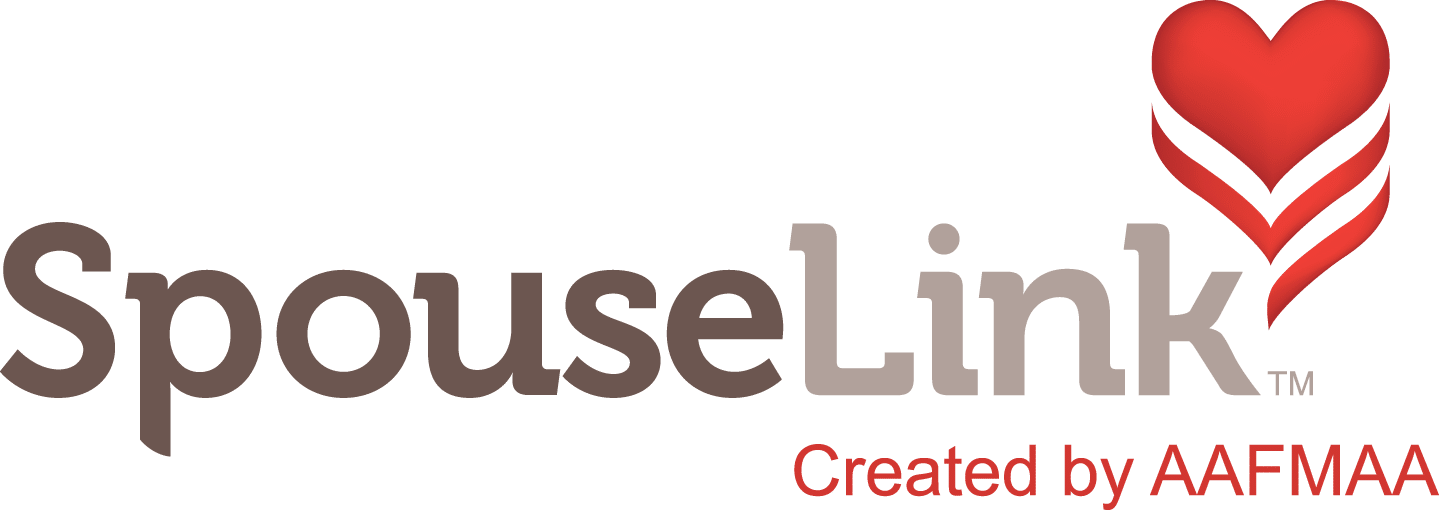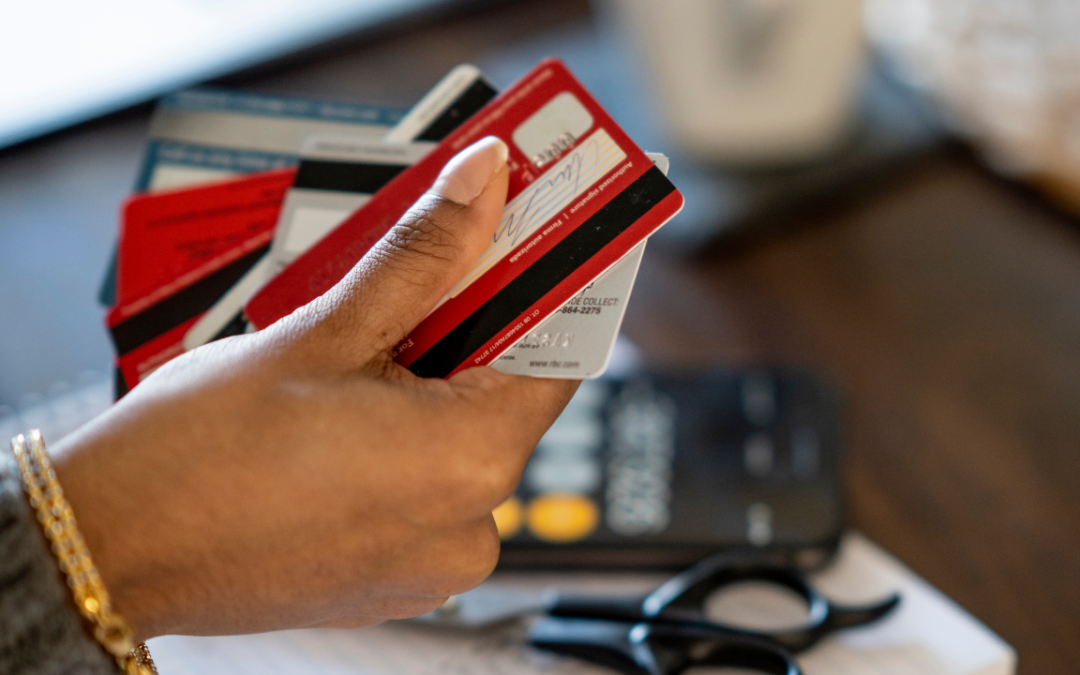July begins with Independence Day, a celebration of freedom on the national level. But when it comes to financial independence, credit card debt can be a huge barrier to spending freedom.
With interest rates currently averaging about 16 percent to 24 percent, there is no reasonable way to get ahead financially — or even stay afloat — unless you get your cards paid off.
So, in honor of the Fourth of July, take this opportunity to declare your independence from your credit card debt. Here are 6 straightforward steps to set you on your path towards that independence:
6 Steps to Get Out of Credit Card Debt
1. Know how much you owe.
The first step in getting out of debt is to get a good idea of where your finances stand and how much you owe, compared with how much you have coming in to cover it. Write down your debt balances, and include the interest rates of those accounts. Add up the total balances and highlight those with the highest interest rates as well as those with the lowest balances.
2. Start tracking your spending.
If you don’t already keep a record of your spending habits, start tracking them now! Ask yourself in what areas you may be overspending, and identify any areas where you can make some cuts.
For example, if you’re finding that you stop to grab coffee every day on the way to work, you’re probably spending between $1 and $5 per cup. Meanwhile, brewing a cup of coffee at home could cost you between just 16 and 18 cents per cup. You might find more than one opportunity to save some money, which in turn can be used to pay off your high-interest debt.
3. Talk to your creditors.
Reach out to your creditors to explain your situation. A credit card issuer may be willing to negotiate payment terms or offer a hardship program, especially if you’re a longtime customer with a good track record of payments. The worst that can happen is they say no.
4. Figure out how you may be able to earn some extra income.
When thinking about declaring independence from credit card debt, there are two primary drivers: spending and income.
Overtime pay and moonlighting are time-tested ways to earn some extra cash on a regular basis, and with the gig economy in full-swing, there are more options than ever to earn some side cash.
- Are you an animal lover? Consider signing up to board or walk dogs through Rover or Wag.
- Are you crafty? Consider selling handmade items on Etsy.
- Love to drive? Try out driving for a rideshare app like Uber or Lyft.
- Is customer service your specialty? Consider bartending, waiting tables, or delivering food with DoorDash, Postmates, or TaskRabbit.
If those aren’t feasible, consider holding a garage sale or selling stuff you no longer need.
5. Consider lower interest options.
If you have <$5,000 worth of debt:
A good solution might be to get a one-time infusion of cash to make a serious dent in your debt, the Career Assistance Program (CAP) Loan from AAFMAA. You’ll get a $5,000 personal loan at 1.5% maximum APR with a 60-month repayment schedule. There are no fees, extra charges, or prepayment penalties.
Another option would be a balance transfer, or moving high-interest debt to a credit card with 0% APR. This can save serious money on interest charges if done strategically, but you should have a plan in place to pay it down during the introductory APR period.
If you have $5,000-$30,000 worth of debt:
If you need a larger amount, you may be able to borrow money from your retirement savings account, or 401(k). Depending on what your employer’s plan allows, you could take out as much as 50% of your savings, up to a maximum of $50,000, within a 12-month period. Unlike 401(k) withdrawals, you don’t have to pay taxes and penalties when you take a 401(k) loan. Plus, the interest you pay on the loan goes back into your retirement plan account.
Now, there are many investors who will advise against borrowing from your 401(k), and there are some considerations you should take into account before doing so. First, you’ll have to repay the loan with after-tax dollars, and you could lose investment earnings on the money while it’s out of the account. Second, should you lose your job, you’ll have to repay the loan more rapidly — by the due date of your next tax return. Lastly, if you default on the loan, the amount you still owe converts to a withdrawal, and tax and possibly penalties will be due. As always, it’s best to consult your financial planner to help you sort through your options.
If you have >$30,000 worth of debt:
If you own your home, rising home values mean that you may have access to a Cash-Out Refinance or Home Equity Line of Credit (HELOC), which could make it easier to manage — and ultimately minimize — your existing debt.
Debt consolidation loans could also combine multiple monthly payments into one, typically at a lower APR; however, it’s always a good idea to calculate how much you’d pay with and without consolidation to help make your decision.
6. Build and execute a debt snowball.
List your credit-card debts from highest interest rate to lowest interest rate. Pay the minimums on each one of them except the highest-rate card. For the highest-rate card, put every penny you can against that balance until it’s paid off. Once it is, do the same on the new highest-rate card, and repeat until you’ve paid off every card.
Some folks find that they’re more motivated by the quick wins they get by working their snowball plans from the card with the smallest balance to the card with the highest balance. If that’s what it takes to get you motivated, it sure beats not paying off those cards. Just understand that you’ll likely wind up paying more in interest by tackling the cards by balance order rather than by putting the same dollars each month toward your plan and working in interest rate order.
Light a Firecracker and Get a Plan in Motion
These 6 steps are what it really takes to earn your independence from your credit card debts. It’s not an instant process, but once you’re through it, you’ll appreciate both the freedom from your debts and the extra cash in your pocket from the money you no longer need to put toward those payments.
SpouseLink does not provide tax, legal or accounting advice. This material has been prepared for informational purposes only, and is not intended to provide, and should not be relied on for, tax, legal or accounting advice. You should consult your own tax, legal and accounting advisors before engaging in any transaction.
More Military Money Tips:
Solutions for Your Military Family:
Life Insurance, Wealth Management, Home Mortgages, Survivor Services, and more. Learn more about AAFMAA.



